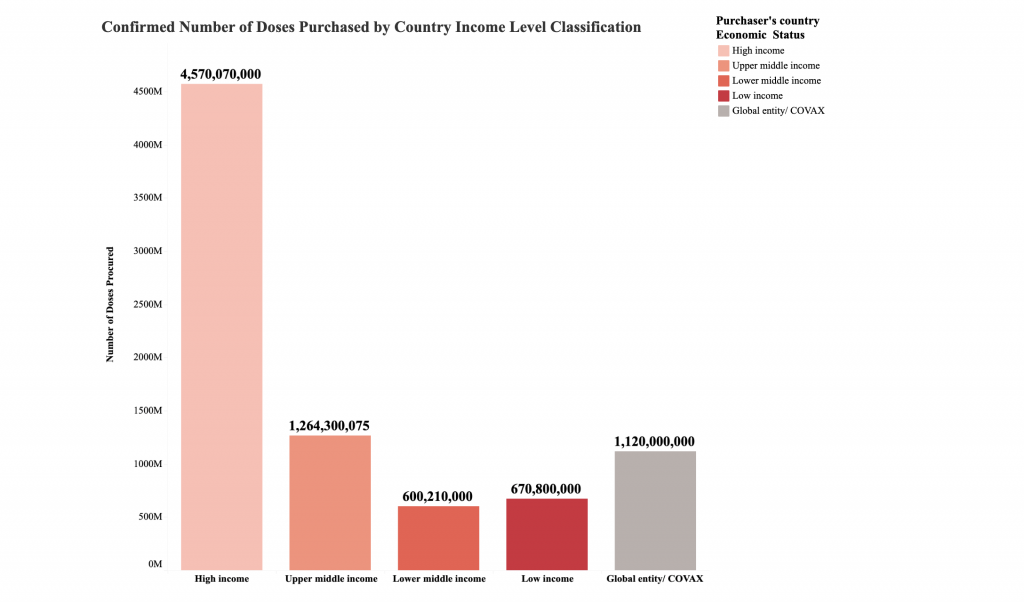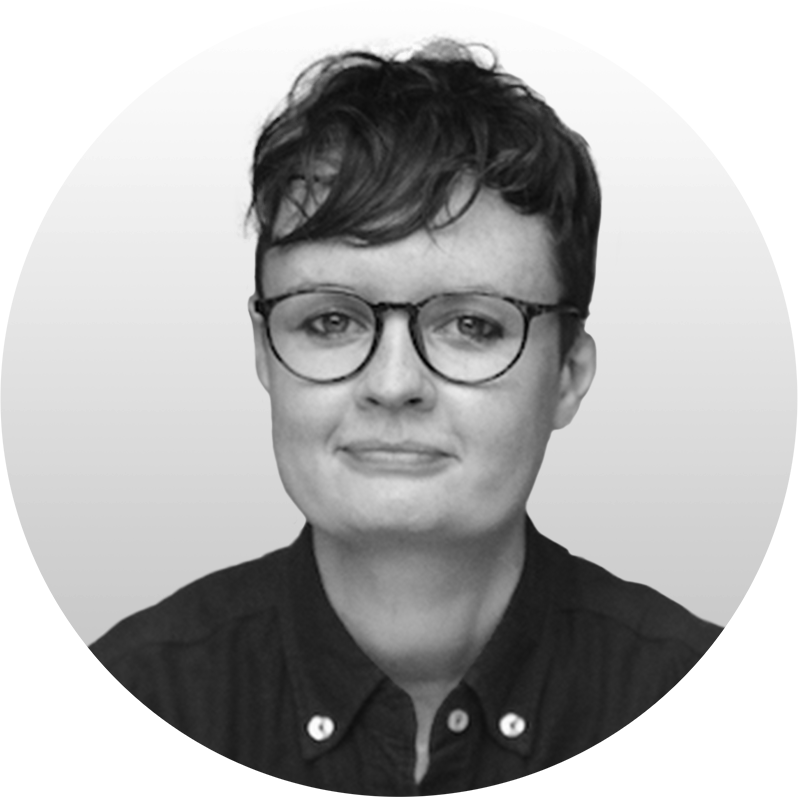What do we know about the progress of the COVID vaccination globally? What countries are doing well and who is struggling?
Where has the COVID vaccine been rolled out?
Almost 50 million vaccines worldwide have been administered each month since the first vaccine was approved late last year. That is a lot of vaccines, but when we consider the bigger picture, 50 million barely scratches the surface. The global population currently stands at 7.8 billion, so we still have a long way to go.
Unsurprisingly, wealthier countries, such as China, Russia and the UK, are well underway with their vaccination efforts. Countries that have more money are able to make agreements in advance with the vaccine producers and offer higher prices. Developed countries are also more likely to have digitalised universal healthcare systems, with smoother rollouts and enhanced tracking.
Israel was the quickest off the mark; administering 15% of its population with a COVID vaccination in just two weeks. What did Israel get right? They ordered the doses early and were able to offer a high dollar value for the vaccines. Coupled with their relatively small population and a digital universal healthcare system, they were able to track, record and identify priority groups to get things off the ground efficiently.
What countries are being left behind?
According to predictions by The Economist Intelligence Unit, COVID vaccinations will not be widely rolled out in developed countries before mid-2021. “The picture appears even bleaker for low-income countries; we do not expect most of these states to have wide access to a vaccine before 2022-23.”
Most African countries, for example, have had very little success in gaining access to COVID vaccines – mainly due to widespread storage and distribution problems. As a second wave of the virus spreads across the region, pressure on healthcare systems is growing. As the rest of the world scrambles to get their hands on COVID vaccinations, developing nations will have to rely on the support of the international community to access vaccine doses in large enough quantities.

What companies are producing COVID vaccines?
There are already close to a dozen approved vaccine manufacturers worldwide – including Pfizer, BioNTech and Sinopharm. These COVID vaccinations have been developed and distributed at an unprecedented rate (typically, this process can take up to 15 years). Alongside public cynicism surrounding vaccines, the threat of dangerous new strains and limited supplies, what else poses a threat to worldwide immunisation? Global competition is a growing concern. So, what’s being done with regards to this concern?
COVAX and COVID vaccination
The Covax Facility (COVAX) is a global collaboration that was launched by the World Health Organization (WHO), Gavi and the Coalition for Epidemic Preparedness Innovations (CEPI) in response to the COVID-19 pandemic. It brings together manufacturers, health organizations, scientists, governments and philanthropists to provide equitable access to COVID vaccines. Almost all countries worldwide are participating in this program.
COVAX also acts as a platform to support the research, development and manufacturing of the vaccinations, with an initial aim of having 2 billion doses be made available by the end of 2021. For developing nations, COVAX will be a lifeline – increasing their chances of securing vaccine doses in an otherwise financially competitive vaccine market.
According to Gavi, “COVAX has been created to maximise our chances of successfully developing COVID-19 vaccines and manufacture them in the quantities needed to end this crisis, and in doing so ensure that ability to pay does not become a barrier to accessing them.”
The challenges of equitable access
A recent report by the Duke Global Health Institute (DGHI), identified that high-income countries represent just 16% of the world’s population but hold 60% of the purchased COVID vaccinations. In fact, some countries have over 100% coverage – meaning that they could cover their populations several times over.

Vaccines are being produced faster than ever, but the scale of vaccinating almost eight billion people is massive. The bottom line is clear: to end the global pandemic we don’t just require a large amount of COVID vaccines – we also need to ensure global access. Global, equitable access inevitably means one thing: a global effort.
Tools, such as the THRIVE platform promote proactive innovation and collaboration – encouraging users to contribute to a more prosperous and thrivable global future. Visit us soon at THRIVE Project to find out more.
References
The Economist Intelligence Unit. 2020. Rich countries will get access to coronavirus vaccines earlier than others. Available at: https://www.eiu.com/n/rich-countries-will-get-access-to-coronavirus-vaccines-earlier-than-others/
Gavi, The Vaccine Alliance. 2020. Covax Explained. Available at: https://www.gavi.org/vaccineswork/covax-explained
Duke Global Health Institute. 2021. Ensuring Everyone in the World Gets a COVID Vaccine. Available at: https://globalhealth.duke.edu/news/ensuring-everyone-world-gets-covid-vaccine

Pingback: Copywriting for The THRIVE Project | Copy Heather
Comments are closed.